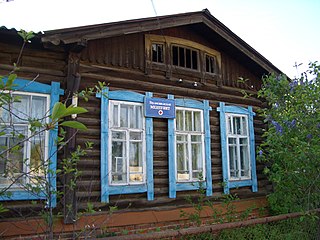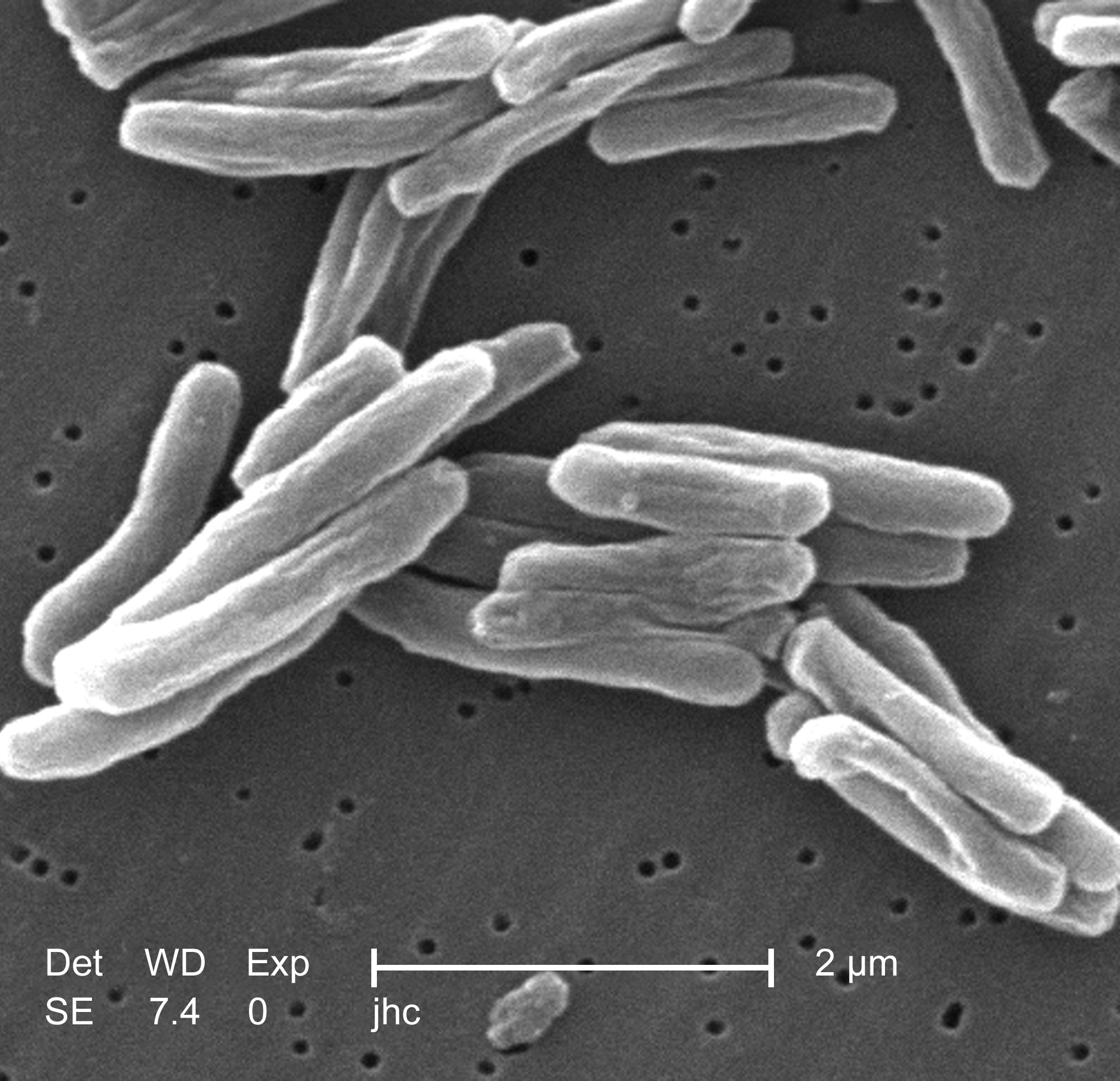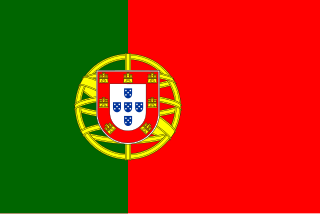
Gregorio Ricci-Curbastro was an Italian mathematician born in Lugo di Romagna. He is most famous as the inventor of tensor calculus, but also published important works in other fields.

Nanotechnology education involves a multidisciplinary natural science education with courses such as physics, chemistry, mathematics and molecular biology. It is being offered by many universities around the world. The first program involving nanotechnology was offered by the University of Toronto's Engineering Science program, where nanotechnology could be taken as an option.

Paul Alivisatos is an American scientist of Greek descent who has been hailed as a pioneer in nanomaterials development, and is an internationally recognized authority on the fabrication of nanocrystals and their use in biomedical and renewable energy applications. He is ranked fifth among the world's 100 top chemists in the list released by Thomson Reuters. In 2009, he was named the Director of the Lawrence Berkeley National Laboratory and in 2014 he was named a laureate for the National Medal of Science. In 2016 he was named U.C. Berkeley's Vice Chancellor for Research. As of July 1, 2017, he is University of California, Berkeley's Executive Vice Chancellor and Provost, and will continue on as Vice Chancellor for Research on an interim basis.

Pazzano is a village and comune located in Locride's region in the province of Reggio Calabria.
Mediterranea University of Reggio Calabria, also referred to as Mediterranea University or University of Reggio Calabria, or simply UNIRC, is an Italian public research university, located in Reggio Calabria, Italy.

Mezzojuso is a comune (municipality) in the Metropolitan City of Palermo in the Italian region Sicily, located about 45 kilometres (28 mi) southeast of Palermo. As of 31 December 2004, it had a population of 3,003 and an area of 49.4 square kilometres (19.1 sq mi).

The Accademia di Belle Arti di Bologna is a public tertiary academy of fine art in Bologna, in Emilia-Romagna in northern Italy. It has a campus in Cesena.
The Swiss Nanoscience Institute (SNI) at the University of Basel is a center of excellence for nanosciences and nanotechnology. In the SNI network, interdisciplinary teams of scientists conduct basic and applied research and actively support knowledge and technology transfer to industry. Within the study of nanoscience and the PhD School, the SNI trains young scientists and prepares them for careers in industry and academia.

nanoHUB.org is a science and engineering gateway comprising community-contributed resources and geared toward education, professional networking, and interactive simulation tools for nanotechnology. Funded by the United States National Science Foundation (NSF), it is a product of the Network for Computational Nanotechnology (NCN). NCN supports research efforts in nanoelectronics; nanomaterials; nanoelectromechanical systems (NEMS); nanofluidics; nanomedicine, nanobiology; and nanophotonics.

The Royal Palace of Portici is a former royal palace in Portici, Southeast of Naples along the coast, in the region of Campania, Italy. Today it is the home of the Orto Botanico di Portici, a Botanic Gardens are operated by the University of Naples Federico II. These gardens were once part of the large royal estate that included an English garden, a zoo and formal parterres.

Dolcenera nel paese delle meraviglie is the fourth studio album by Italian singer Dolcenera, released on 18 February 2009. It is her first album released on Sony Music Italy. The lead single from the album, "Il mio amore unico", became the most successful single by Dolcenera so far, peaking at number five on the Italian Singles Chart and reaching the top spot on the Italian airplay chart.

The Russell Berrie Nanotechnology Institute (RBNI) was established in January 2005 as a joint endeavour of the Russell Berrie Foundation, the government of Israel and the Technion, Israel Institute of Technology. It is one of the largest academic programs in Israel and is among the largest nanotechnology centers in the world.
The Center for Nanotechnology in Society at the University of California at Santa Barbara (CNS-UCSB) is funded by the National Science Foundation and "serves as a national research and education center, a network hub among researchers and educators concerned with societal issues concerning nanotechnologies, and a resource base for studying these issues in the US and abroad." The CNS-UCSB began its operations in January 2006.

The National Informal STEM Education Network ' is a community of informal educators and scientists dedicated to supporting learning about science, technology, engineering, and math (STEM) across the United States. In 2016 the Nanoscale Informal Science Education Network transitioned to a new, ongoing identity as the National Informal STEM Education Network. While we'll still be known as the NISE Net, network partners will now engage audiences across the United States in a range of STEM topics.
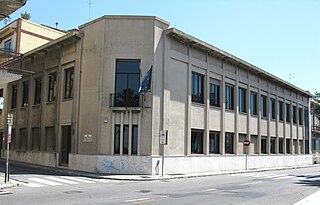
The Stazione Sperimentale per le Industrie delle Essenze e dei Derivati dagli Agrumi (SSEA) is a special Agency of the Chamber of Commerce in Reggio Calabria.

Attilio Celant, 2nd Class / Grand Officer of the Order of Merit of the Italian Republic, is an Italian economist, geographer and academic.
Accademia often refers to:
The International Institute for Nanotechnology (IIN) was established by Northwestern University in 2000. It was the first institute of its kind in the United States and is one of the premier nanoscience research centers in the world. Today, the IIN represents and unites more than $1 billion in nanotechnology research, educational programs, and supporting infrastructure.
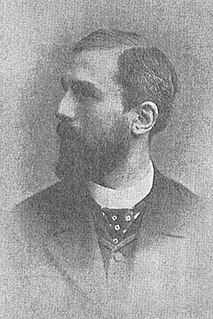
Cavaliere dottoreCarlo Fornasini was an Italian micropalaeontologist who specialised in Foraminifera ('forams'). He was a pioneer in using fossil forams to sequence marine sedimentary deposits by their relative dates; a technique called biostratigraphy.


